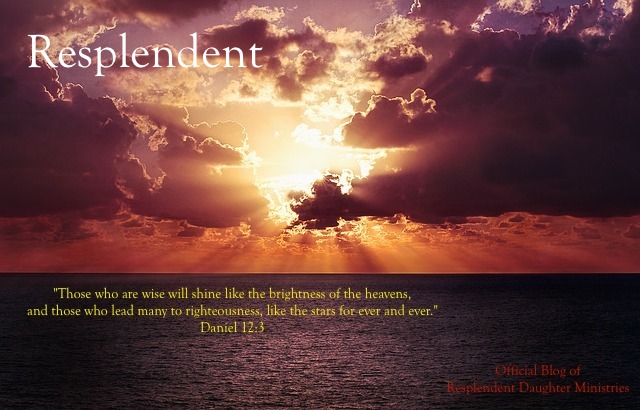Thus far, in our exploration of the ancient Tabernacle and Temple, we have studied what can be loosely referred to as "Temple courts" or "porches". As we move forward, past the bronze altar and the bronze laver, the next feature to command our attention is the centerpiece of the Tabernacle/Temple structure: the Holy Place and, within it, the Holy of Holies.
Had we been able to see this structure, sitting inside a 7.5 ft. high fence of linen, out there in the Israelite encampment, we may not have been impressed.1 To be sure the structure was large. Its dimensions were 30 ft. by 15 ft., and 15 ft. high from floor to ceiling. But, the tent itself did not look very attractive from the outside. On the inside, well, that was another matter. Exodus 26 and 36 tells us:
The tent was supported by acacia wood braces, overlaid with gold. The braces were not solid beams. Each one was sort of like two wooden poles, with crossbars at the top, bottom and middle. This construction made the 15-foot tall braces more lightweight and also allowed for the innermost curtain that covered them to be seen through the braces themselves.
There were four coverings that went over these braces to form the tent itself. The innermost one was made of the finest materials, with the finest, most intricate and beautiful design known in the weaving world of that day. Linen comprised the base fabric, but beautiful threads of blue, purple and scarlet were woven throughout the material. Figures of angelic cherubim (whose duty is to without ceasing proclaim the holiness of God) were woven into this fine fabric. The dimensions for this covering were specified by God. The curtain was formed from 20 vertical panels of equal length, coupled together with clasps of pure gold. Furthermore, the curtain's bottommost edges did not touch the ground.
The covering that overlaid the most beautiful, inner one was woven from the hair of black goats. This slightly larger curtain completely covered the more inner one; it's bottommost edges DID touch the ground. It was pieced together in a similar manner as the linen covering; but, the clasps holding it together were made of brass.
The next most outer covering was made of ram's skin, dyed red. Like the outermost covering, which we'll get to in a moment, this one was waterproof. It was specified to be red, which represents atonement. Interestingly, there were no dimensions given by God for this covering.
The last of the four coverings, the one visible to passersby, was made of badger skin. No measurements were specified for this one either. Now, as I alluded to before, badger skin (some say it was the skin of a sea animal, such as the sea cow) was not very attractive. But, as with most things related to God, of greater importance is the inner, not the outer (Isaiah 53:2, for instance). And, the harder you search the heart of God, the more beauty you will find.
The door to this structure was supported by five beautiful pillars, acacia wood covered with gold, with each pillar sitting in a bronze base and capped on top by a gold piece. Hanging between these pillars was woven fabric, the same as the fabric described above, in the most innermost curtain of the Tabernacle. As a reminder, Levitical priests could approach this door after first having made a burnt offering on the bronze altar and then ceremonially washing at the bronze laver, both studied in previous posts. But, as Christians, Jesus is our Door. He described himself as such, likening Himself to the door of the Tabernacle, in John 10:7-9 and John 14:6. Because of His eternal and thoroughly complete sacrifice, we are invited to approach the throne of grace boldly, at any time. What a blessing!
Let us then with confidence draw near to the throne of grace, that we may receive mercy and find grace to help in time of need.
Hebrews 4:16 (ESV)
In Part 2, we will look at the furnishings in The Holy Place, the first compartment encountered in this ancient place where Earth and Heaven met.
Source:
1 http://www.bible-history.com/tabernacle/TAB4The_Curtain_Coverings.htm


No comments:
Post a Comment